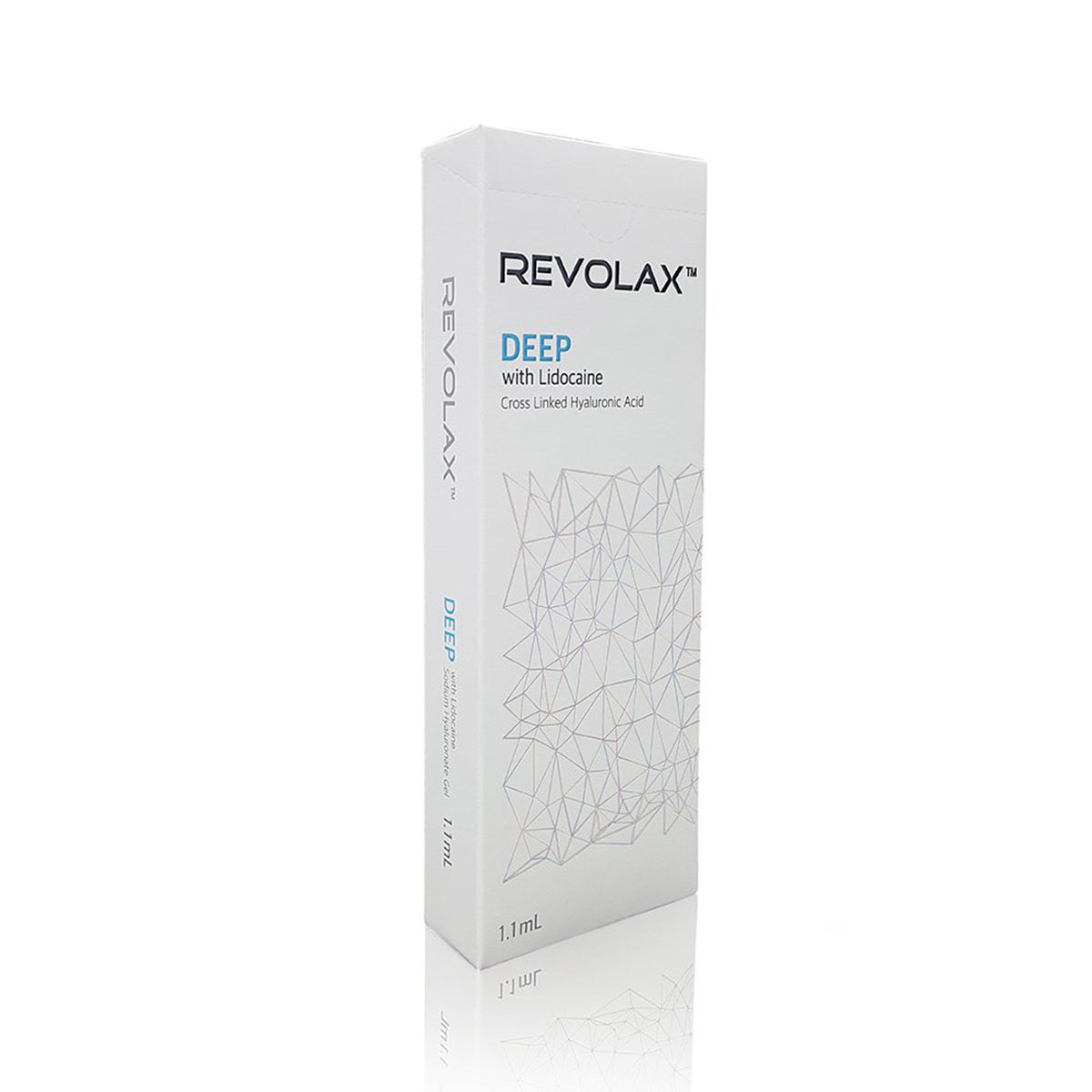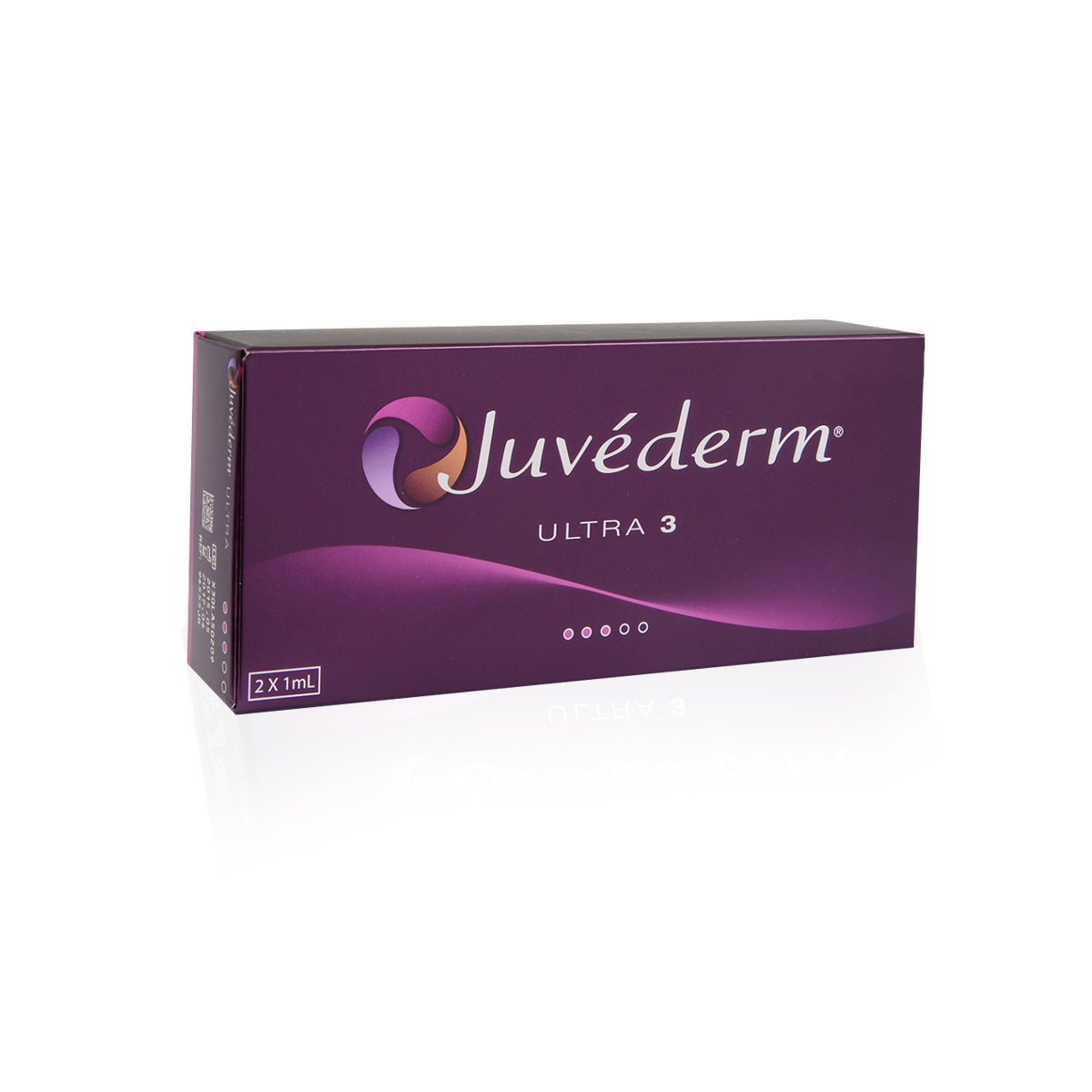What is hyaluronic acid?
Hyaluronic acid is a substance naturally present in the human body, especially in connective tissues and joints. It is a large sugar molecule, which has the ability to attract and retain water, thus contributing to the hydration of tissues and maintaining their volume.
In aesthetic medicine, hyaluronic acid is used as an injectable gel to treat wrinkles, contour and give volume to certain areas of the face. It can also be used to improve the appearance of the lips, wrinkles around the mouth and eyelids. Due to its moisturizing and volumizing properties, hyaluronic acid is very popular in aesthetic medicine and is considered one of the safest and most effective treatments for improving the appearance of the skin and facial contour.
How does hyaluronic acid work in aesthetic treatments?
In aesthetic treatments, hyaluronic acid is used as an injectable gel to fill in wrinkles and restore volume to certain areas of the face. When injected into the subcutaneous tissues, hyaluronic acid attracts the water around it, so that the treated area becomes hydrated and regains its lost volume. This hydrating and plumping effect on the skin reduces the appearance of wrinkles and increases the volume of the treated areas, thus providing a younger and fresher appearance.
Hyaluronic acid is used in different concentrations and in different types of gels, depending on the area to be treated and the degree of filling required. In general, hyaluronic acid treatment is a quick and relatively painless procedure, and results are visible immediately and generally last between 6 and 12 months, depending on the area treated and the concentration of hyaluronic acid used.
Are there risks and side effects to using hyaluronic acid?
In general, the use of hyaluronic acid in aesthetic treatments is considered safe and without significant risks. However, like any medical procedure, there are possible risks and side effects.
The most common side effects include redness, swelling and tenderness in the treated area, which can last for several days after the procedure. In rare cases, infection may occur at the injection site, and in case of accidental injection into blood vessels, tissue necrosis may occur.
Other side effects may also occur, such as the formation of bumps or nodules under the skin, allergic reactions or increased sensitivity to the sun. That's why it's important to discuss all possible risks and side effects with your doctor before starting hyaluronic acid treatment.
In general, risks and side effects can be reduced by using a specialist doctor in an appropriate medical center, using appropriate doses and techniques, and following appropriate safety protocols.
How long does the effect of hyaluronic acid treatments last?
The duration of the effect of hyaluronic acid treatments can vary depending on several factors, such as the area treated, the concentration of hyaluronic acid used, individual metabolism and lifestyle. In general, the effect of hyaluronic acid treatments lasts between 6 and 12 months, after which a new treatment session may be necessary.
What areas of the face can be treated with hyaluronic acid?
Hyaluronic acid can be used to treat and correct a variety of areas of the face to improve appearance and reduce signs of aging. Among the most common areas of the face that can be treated with hyaluronic acid are:
- Wrinkles around the eyes (expression lines or dark circles)
- Wrinkles on the forehead
- Nasolabial folds (the folds from the base of the nose to the corners of the mouth)
- Cheekbones (to restore lost volume or create a more prominent appearance)
- Lips (to increase volume or correct asymmetry)
- Face contouring (to outline and define the jaw and chin line)
- Jawline (to contour and define the jawline)
- Reticulation of wrinkles (fine and medium wrinkles)
Here are some situations in which you should avoid or delay hyaluronic acid treatment:
- If you are allergic to hyaluronic acid or other substances used in aesthetic treatments.
- If you have active skin infections or other skin conditions at the injection site.
- If you are pregnant or breastfeeding.
- If you are taking anticoagulant or non-steroidal anti-inflammatory drugs (NSAIDs), which may increase the risk of bleeding or bruising at the injection site.
- If you have previously suffered from allergic reactions or infections at the injection site.
- If you have clotting problems or autoimmune diseases.
- If you are under the age of 18.






